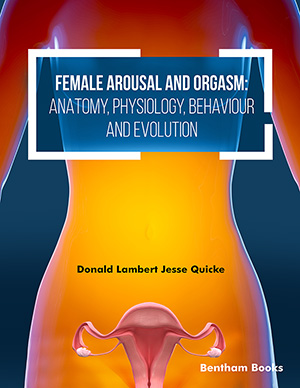Abstract
Aims: We correlate ultrasound, MRI, and clinical findings in neonates with suspected hypoxic ischemic injury.
Background: Recent advances in neuroimaging have led to improved detection of subtle insults associated with neurodevelopmental outcomes, beyond more historically described lesions such as large hemorrhages and hydrocephalus.
Objective: In this study, we compare cranial ultrasound to MRI for the evaluation of suspected HIE in preterm infants.
Methods: 147 premature infant patients with paired ultrasound and MRI exams were retrospectively analyzed to compare imaging finding accuracy and clinical value.
Result: We confirm that ultrasound is highly sensitive and specific for hydrocephalus, ventricular prominence, and gross structural abnormalities. Ultrasound is not a substitute for MRI in cases of small hemorrhages or white matter injury, however, certain US findings were associated with Apgar score and MRI sequelae of HIE.
Conclusion: Choosing between ultrasound and MRI for preterm neonates at risk for intracranial abnormalities based on their strengths can reduce cost and maximize clinical utility. MRI provides a highly sensitive identification of subtle brain injury, yet ultrasound is correlated with the peripartum clinical picture as measured by Apgar score.
Keywords: Hypoxic ischemic injury, neonatal low birth weight, MRI, ultrasound, germinal matrix hemorrhage, hydrocephalus.
[http://dx.doi.org/10.4103/1817-1745.181261] [PMID: 27195026]
[http://dx.doi.org/10.1111/dmcn.13961] [PMID: 29981239]
[http://dx.doi.org/10.1016/j.siny.2011.04.004] [PMID: 21636334]
[http://dx.doi.org/10.1016/j.jpeds.2004.03.034] [PMID: 15192633]
[http://dx.doi.org/10.1542/peds.2017-4058] [PMID: 29945955]
[http://dx.doi.org/10.1136/archdischild-2014-306129] [PMID: 25637006]
[http://dx.doi.org/10.1016/j.neurad.2012.03.006] [PMID: 22633043]
[http://dx.doi.org/10.1515/jpm-2019-0234] [PMID: 31821168]
[http://dx.doi.org/10.1055/s-0035-1554102] [PMID: 26121069]
[http://dx.doi.org/10.1007/s00431-019-03388-7] [PMID: 31065842]
[http://dx.doi.org/10.1542/peds.107.4.719] [PMID: 11335750]
[http://dx.doi.org/10.1038/s41372-020-00890-x]
[http://dx.doi.org/10.1148/radiol.2422060133] [PMID: 17179400]
[http://dx.doi.org/10.1038/s41390-018-0194-6] [PMID: 30315272]
[http://dx.doi.org/10.1038/jp.2017.39]




























